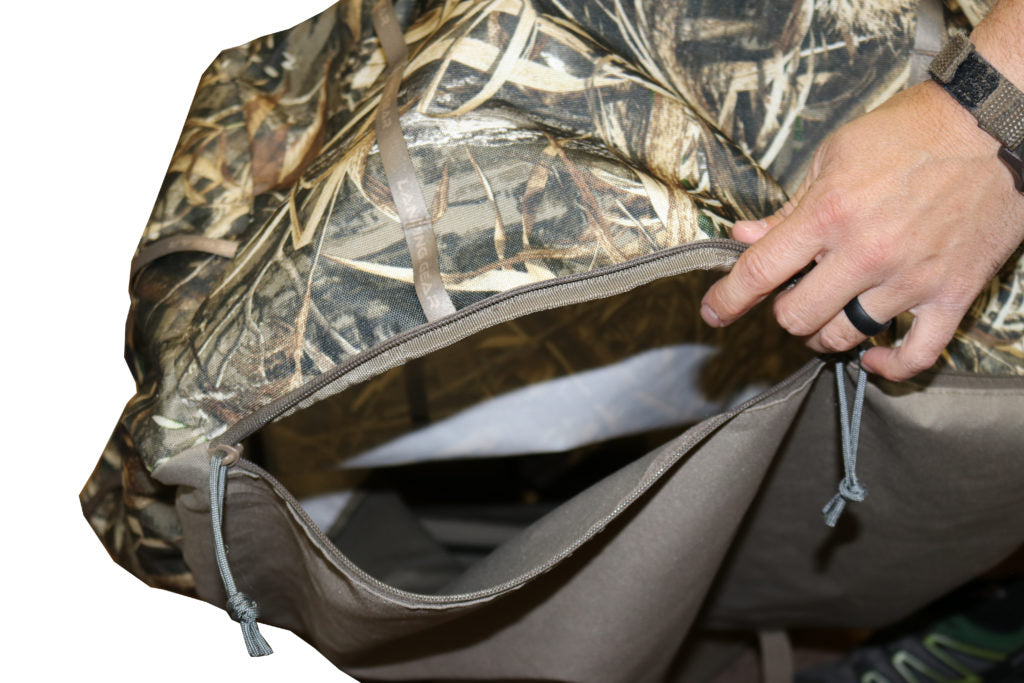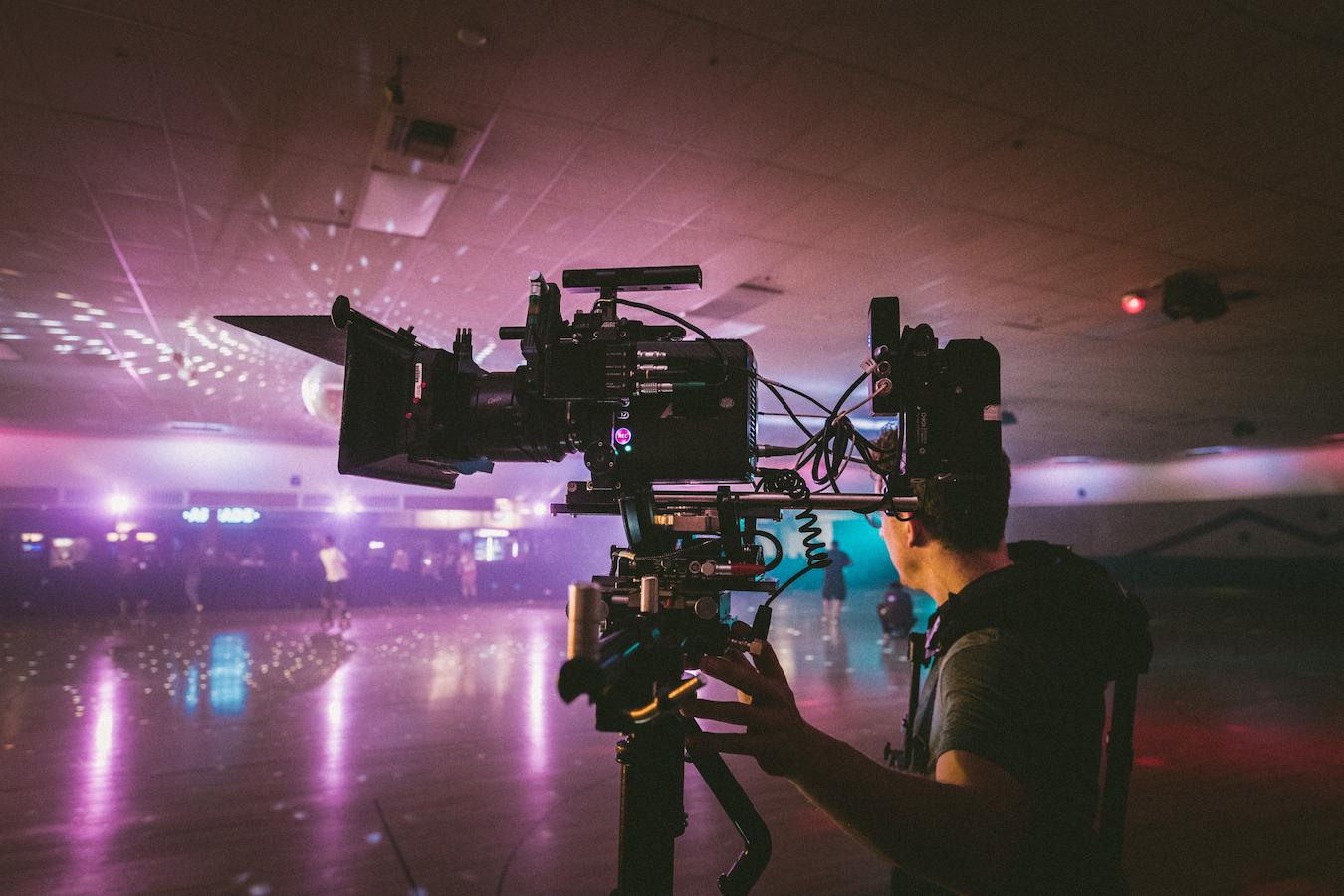Creating a Signature Style in Music Artist Photography: A Photographer’s Guide

In the vibrant world of music, where artists strive to stand out through sound, their visual identity is equally crucial. Music artist photography captures the essence of a musician’s persona, translating their creative energy into compelling images that resonate with fans and define their brand. For photographers, developing a signature style in this niche is both an art and a science—a blend of technical skill, creative vision, and an understanding of the music industry’s unique demands. This guide explores how to craft a distinctive approach to music artist photography, offering practical tips to create images that leave a lasting impact and rank well in searches for those looking to buy music photography.
Understanding the Role of Music Artist Photography
Music artist photography goes beyond snapping a few posed shots. It’s about telling a story that aligns with the artist’s music, personality, and audience. Whether it’s a high-energy concert capture, a moody studio portrait, or a candid behind-the-scenes moment, these images shape how fans perceive the artist. A photographer’s ability to create a cohesive visual narrative can set them apart in a competitive field, making their work instantly recognizable.
To develop a signature style, start by studying the music industry’s visual trends. Explore album covers, promotional materials, and social media feeds of artists across genres. Notice how punk rock visuals differ from those of pop or classical artists. This research helps you understand the expectations of artists and their audiences, providing a foundation to build your unique approach.
Finding Your Creative Voice
Every photographer brings something unique to the table, and your signature style in music artist photography should reflect your creative perspective. Ask yourself: What draws you to this genre? Is it the raw energy of live performances, the intimacy of studio portraits, or the storytelling potential of environmental shots? Your answers will guide the aesthetic choices that define your work.
Experiment with different techniques to discover what resonates. For example, try bold color grading to evoke a specific mood, or use dramatic lighting to highlight an artist’s intensity. Black-and-white photography can add timeless elegance, while vibrant, saturated hues might suit a pop artist’s dynamic energy. The key is consistency—your style should feel cohesive across your portfolio, even as you adapt to each artist’s needs.
Practical Tip: Create a Mood Board
To refine your vision, create a mood board with images that inspire you. Include photos from music artist photography, fashion editorials, and even fine art. Look for recurring themes in your selections—perhaps you’re drawn to gritty textures, soft focus, or cinematic compositions. This exercise helps solidify your aesthetic and provides a reference when planning shoots or pitching to clients looking to buy music photography.
Mastering the Technical Elements
A signature style isn’t just about creativity; it’s also about technical mastery. Music artist photography often involves challenging conditions, from dimly lit venues to fast-moving performers. Here are key technical considerations to elevate your work:
Lighting: Setting the Mood
Lighting is the backbone of any photograph, and in music artist photography, it’s a tool to amplify emotion. For concert shots, work with the venue’s stage lighting, using fast lenses (like f/1.4 or f/2.8) to capture crisp images in low light. Experiment with silhouettes or lens flares to add flair. In studio settings, play with directional lighting, such as a single softbox or rim light, to sculpt the artist’s features and create depth.
Composition: Framing the Artist
Composition is where your creative voice shines. Use the rule of thirds to place the artist dynamically within the frame, or break it for a bold, centered portrait. Incorporate environmental elements—like a graffiti-covered wall for an urban artist or a serene landscape for a folk musician—to add context. Negative space can also emphasize the artist’s presence, creating a minimalist yet powerful image.
Gear Choices
Invest in versatile gear suited for music artist photography. A full-frame camera with excellent low-light performance is ideal for concerts, while a selection of prime lenses (e.g., 35mm, 50mm, 85mm) offers flexibility for portraits. A sturdy tripod and remote shutter release are invaluable for studio work, ensuring sharp images during long exposures.
Collaborating with Artists
A successful shoot hinges on collaboration. Musicians often have a clear vision of their brand, so take time to understand their goals. Schedule a pre-shoot consultation to discuss their music, influences, and target audience. This dialogue ensures your photos align with their artistic identity, whether they’re a rebellious rock band or a soulful singer-songwriter.
During the shoot, create a relaxed environment to bring out the artist’s personality. Play their music in the background, encourage movement, and capture candid moments between posed shots. These authentic images often resonate most with fans and can become iconic pieces in an artist’s portfolio.
Pro Tip: Build a Narrative
Think of each shoot as a chapter in the artist’s story. For example, a series of photos might start with an intimate close-up, move to a dynamic performance shot, and end with a reflective moment backstage. This narrative approach creates a cohesive set of images that artists can use across album art, social media, and press kits, appealing to those looking to buy music photography.
Post-Processing: Polishing Your Signature
Post-processing is where your signature style truly comes to life. Develop a consistent editing workflow that enhances your photos without overpowering the subject. Software like Adobe Lightroom or Capture One can help you fine-tune exposure, contrast, and color balance. Create custom presets to streamline your process, ensuring every image carries your aesthetic stamp—whether it’s a warm, vintage vibe or a sleek, modern look.
Be cautious not to over-edit. The goal is to enhance the artist’s essence, not mask it. Subtle adjustments to skin tones, background textures, and lighting can elevate a photo while keeping it authentic. For concert shots, preserve the atmosphere of the venue by retaining some grain or natural lighting effects.
Building a Portfolio That Stands Out
Your portfolio is your calling card in the world of music artist photography. Curate a collection that showcases your signature style while demonstrating versatility. Include a mix of concert shots, studio portraits, and environmental images to appeal to a broad range of artists. Each photo should reflect your unique approach, whether through consistent color grading, creative compositions, or emotive storytelling.
Optimize your portfolio for online visibility. Use a clean, user-friendly website with high-resolution images and descriptive captions. Incorporate keywords like “music artist photography” and “buy music photography” in your site’s metadata, alt text, and blog content to boost search engine rankings. Regularly update your portfolio with fresh work to keep it relevant and engaging for potential clients.
SEO Tip: Leverage Social Media
Social media platforms like Instagram and Pinterest are powerful tools for photographers. Share behind-the-scenes content, highlight your process, and tag artists to expand your reach. Use relevant hashtags and engage with music industry communities to attract clients searching for music artist photography. A strong online presence can drive traffic to your portfolio, increasing inquiries from those looking to buy music photography.
Navigating the Business Side
Turning your passion for music artist photography into a sustainable career requires business savvy. Set clear pricing structures based on the shoot type (e.g., concert, studio, or promotional) and deliverable (e.g., digital files, prints). Offer packages that cater to different budgets, ensuring accessibility for emerging artists while commanding premium rates for established ones.
Network within the music industry to build relationships with artists, managers, and record labels. Attend concerts, music festivals, and industry events to connect with potential clients. A strong referral network can lead to consistent bookings and opportunities to showcase your signature style.
Legal Considerations
Always use contracts to outline expectations, deliverables, and usage rights. Specify whether the artist can use the images for commercial purposes (e.g., album covers) or only personal promotion. Protect your work with watermarks or low-resolution previews until payment is received. Understanding copyright and licensing ensures your photography remains a valuable asset.
Staying Inspired and Evolving
The music industry is ever-changing, and so should your approach to music artist photography. Stay inspired by exploring other art forms, attending live performances, and collaborating with creatives outside photography. Experiment with new techniques, such as drone photography for outdoor shoots or 360-degree images for immersive fan experiences.
Seek feedback from clients and peers to refine your craft. Join online photography communities or workshops to learn from others in the field. By staying curious and adaptable, you’ll keep your signature style fresh and relevant, ensuring your work continues to captivate audiences and attract those looking to buy music photography.
Crafting a signature style in music artist photography is a journey of self-discovery, technical skill, and collaboration. By blending your creative vision with industry insights, mastering technical challenges, and building a strong portfolio, you can create images that resonate with artists and their fans. Optimize your online presence with strategic SEO and engage with the music community to grow your client base. With dedication and a distinctive visual voice, your photography can become a defining element in an artist’s legacy, leaving a lasting mark on the music world.


